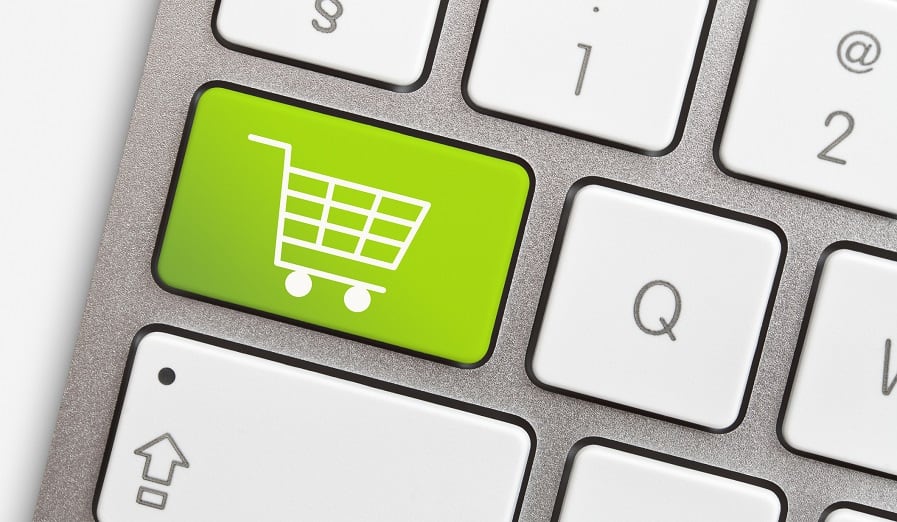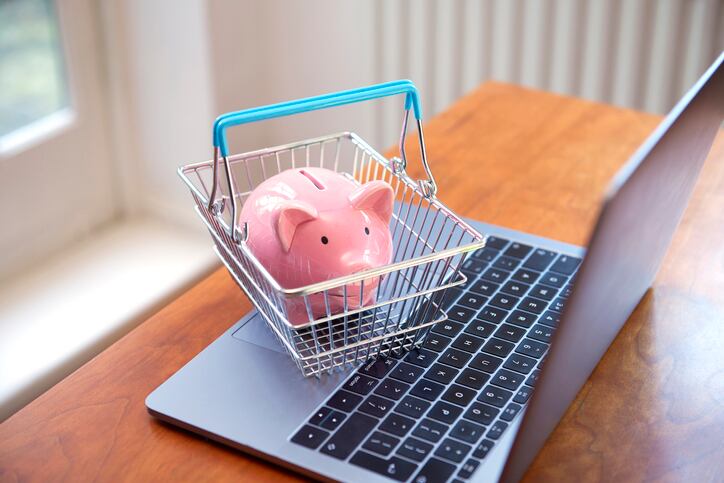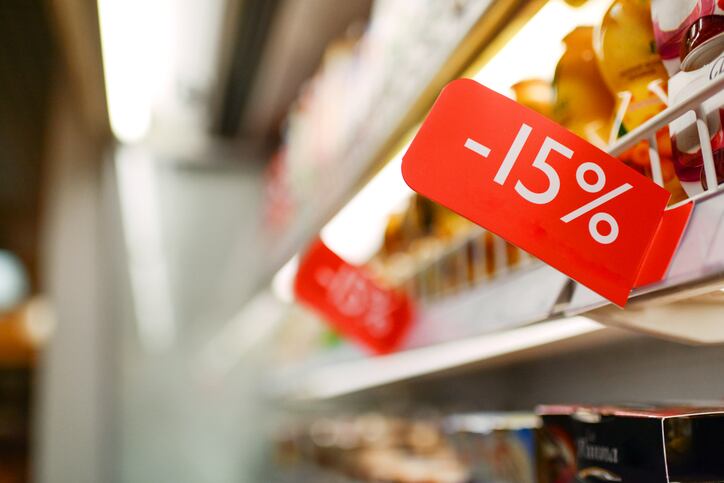According to the trade group’s recently published annually survey, The Food Retailing Industry Speaks, investments in technology could hold the key to overcoming these challenges – but at what cost?
‘Rapid adoption of technology was and is a key component’ to overcome challenges
Leslie Sarasin, president and CEO of FMI, noted that retailers and suppliers seeking equilibrium in their operations and to adapt to the darkening economic landscape are embracing new technologies that “improve our operational efficiency, while also reimaging the way we engage with our customers and serve the communities that we operate in.”
Strategies include expanding e-commerce, adopting frictionless checkout in stores and the use of new tech to manage inventory planning, pricing and differentiation.
“Rapid adoption of technology was and is a key component of helping food retailers and their suppliers overcome many of the challenges posed by COVID-19,” with almost three quarters of food retailers continuing to invest in and experiment with technology to improve customer experience and enhance business efficiencies, said Mark Baum, chief collaboration officer.
He explained, “Last year, food retailers invested an average of 1.3% of total sales, or more than $1.5bn in technology and 83% expect their technology increases to increase again this year. Some of the areas that they are really seeing a big technology makeover include technology to personalize shoppers’ experiences, to enhance foodservice ordering and delivery and to allow for dynamic pricing, product traceability and especially around mobile checkout systems to make checking out faster and more frictionless.”
Food suppliers spent twice as much on technology in the same period, embracing advanced data analytics and AI and machine learning for business processes like price optimization, assortment planning and supply chain logistics, he added.
Is technology paying off?
But while nearly three-quarters of suppliers report their tech investments last year are having a positive impact on profit margins, retailers are “a bit less optimistic about the short-term impacts of tech investments with only about 39% citing a positive impact on their bottom line thus far,” Baum said.
A similar story is playing out with investments in e-commerce, he explained.
He noted that consumers’ shift to e-commerce and omni-channel during the pandemic triggered one of the most “prolific and seismic” changes in the food retail and supply industry with 91% of retailers now offering online ordering and almost half reporting an increase in online sales in 2021, even as pandemic fears ebbed.
Retailers don’t anticipate the adoption of e-commerce to slow any time soon, he added.
“About 20% of those same retailers expect their online sales to increase again this year, although many saw a dramatic e-commerce increase during the throes of the pandemic – so that online share of total sales has continued to grow for food retailers and now constitutes about 2.5% of sales back before the pandemic in 2019 up to 5.7% of total sales in 2020 and now 6.5% in 2021 and still increasing,” he said.
To meet consumers’ where they are, retailers are evolving their delivery models and service differentiation strategies with almost 90% offering curbside pickup for online ordering and 56% offering home delivery, according to the report.
Only half of retailers report ecommerce is profitable
Despite these advancements, Baum said, “many grocers are still trying to crack the code of online grocery delivery.”
He explained most do not feel sophisticated in their capabilities or approaches – a feeling that likely is influenced by the fact only 51% say their e-commerce businesses are profitable and only 13% report their online ordering and pickup or delivery models are actually sources of differentiation.
Credit card fees take a toll
Another major challenging limiting the profitability of omni-channel offerings is an increased use of credit and debit cards and the high interchange fees that go with them, Baum said.
He explained that 85% of all online purchases are made via credit card or debit card, and cards are used for more than 75% of all sales in 2021 – up from 68% in 2017.
“Credit card fees average about 1% of retailers’ total sales and then even higher – 1.4% -- for small retailers with 10 stores or fewer than retailers… These fees actually come directly off he bottom line for retailers and make it really challenging to keep consumer costs low, especially if you consider rising inflation,” he said.
While these fees are part of the cost of doing business, they have increased exponentially in recent years, said Andrew Harig, vice president, tax, trade, sustainability and policy development.
“In 2021, merchant card processing fees totaled $137.8bn. That’s up 25% from the previous year and more than double the previous decade,” per Nielsen data, he said. “This equates to $900 per American family on average per year in credit card fees.”
Despite these challenges associated with increased technology and omnichannel offerings, retailers and suppliers are confident they are the correct approach and will help them engage with modern consumers and build their business over the long term, says FMI.




